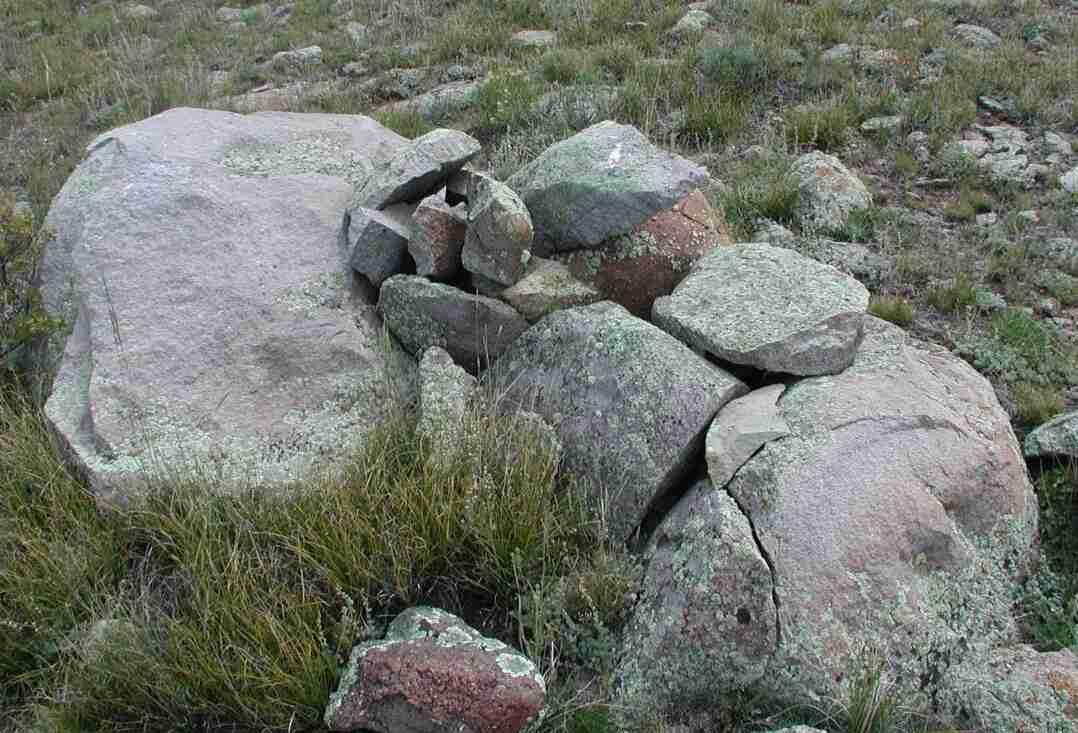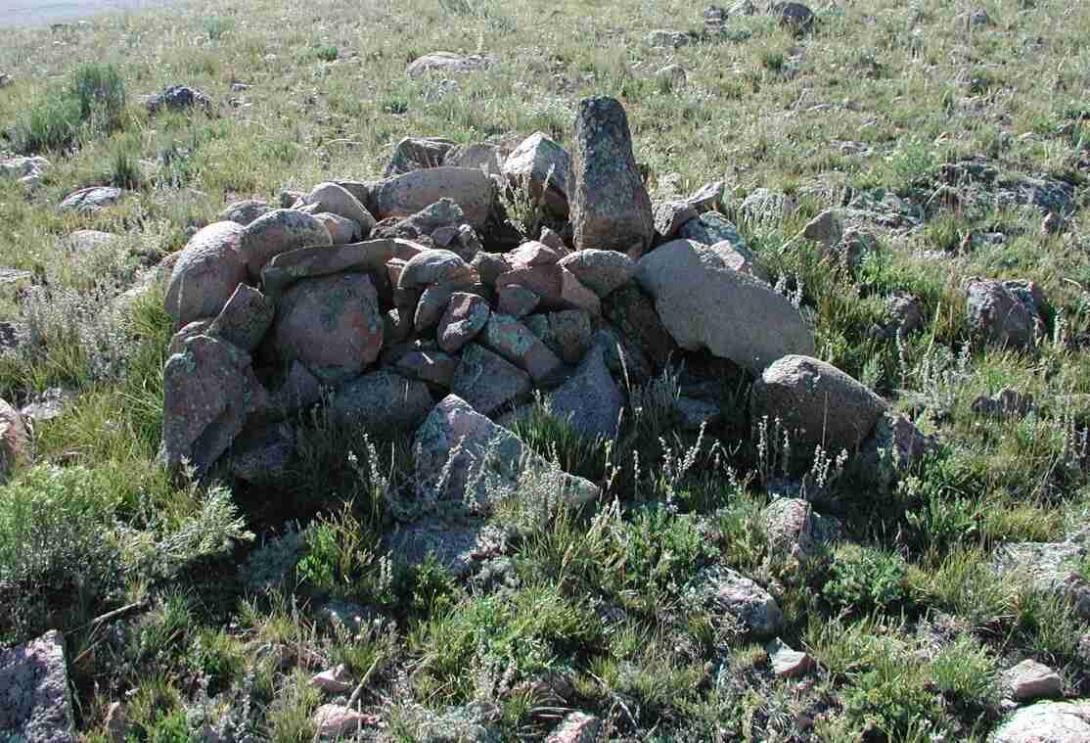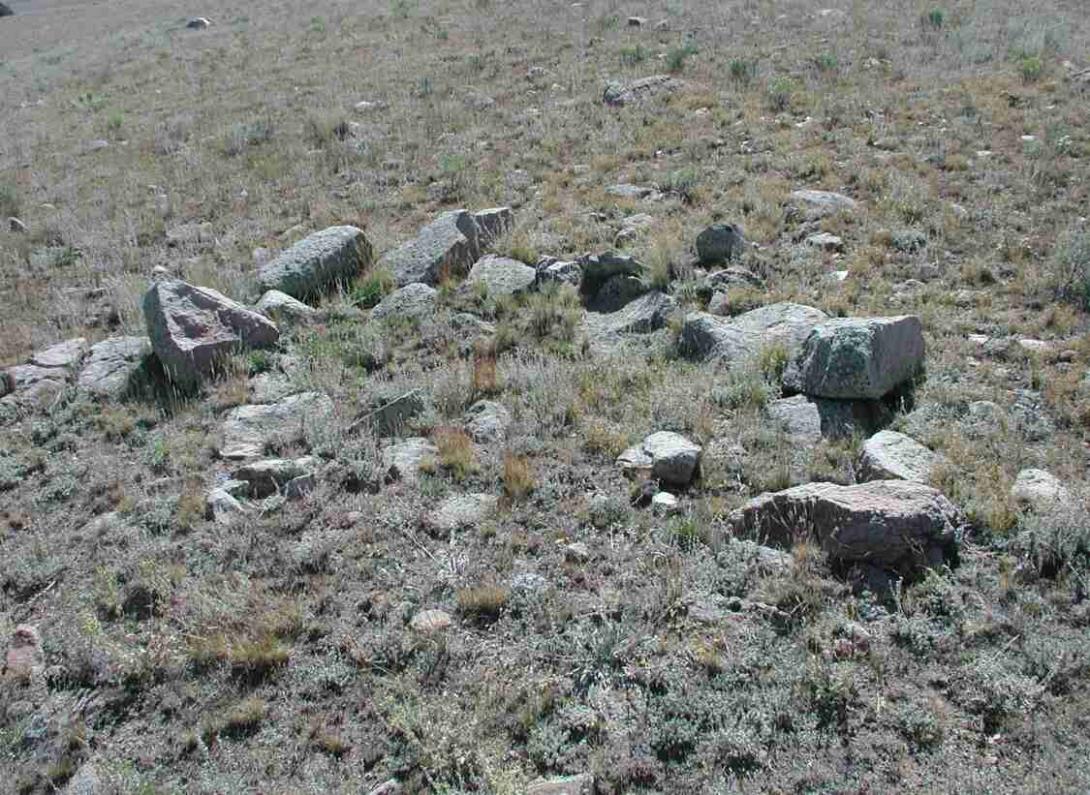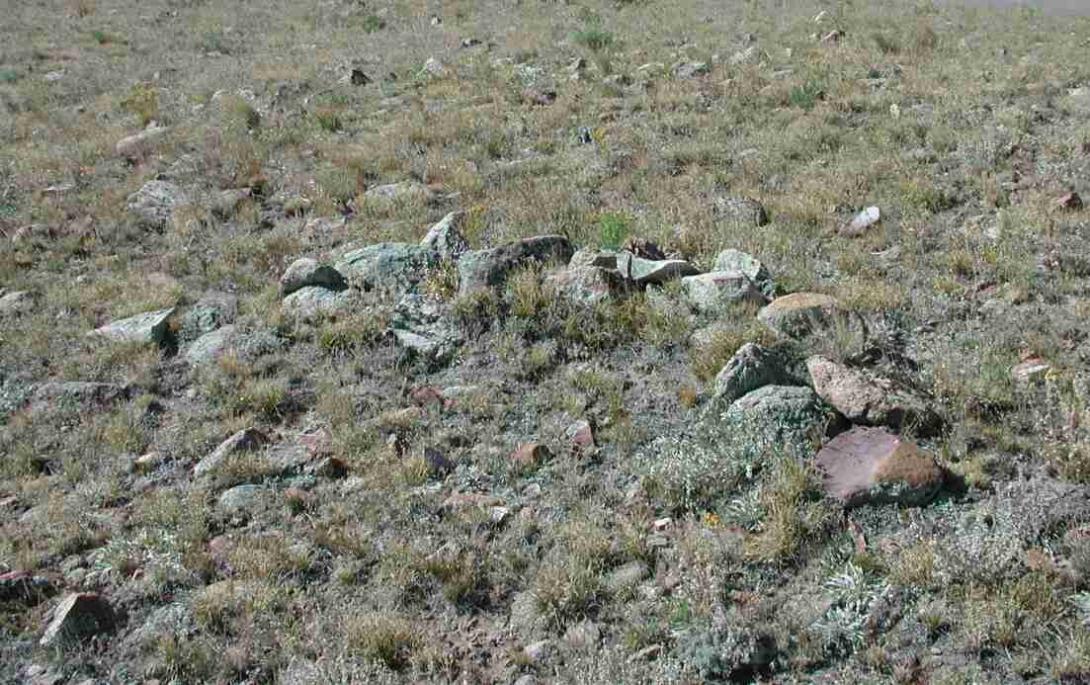Vision Quest
Full Article
The vision quest is a rite of passage practiced by Native American tribes of the Plains and Great Basin groups such as the Eastern Shoshone. Vision quests are not well documented for the Ute Native Americans, although a few shamans might have performed the ritual. Archaeologists and anthropologists are now beginning to develop a better understanding of the historic use of the practice by Native Americans that inhabited or traversed Colorado, including the Cheyenne, Arapaho, Comanche, Apache, and Lakota. Physical remains of the vision quest in Colorado are now being recognized by comparing ethnographic data and archaeological information from surrounding plains states as well as the results of local research.
Native American practitioners, usually males, often began the vision quest ritual in adolescence or young adulthood. Individuals interested in seeking a vision wanted to acquire power, find a guardian spirit, or obtain some other form of life guidance. Many viewed themselves as supplicants. It was not uncommon for vision seekers to receive or change their names based on the experience. The practice was highly variable, but in general, seekers would travel to a secluded place such as a hilltop or mountain and remain there for as many as four days. Seekers frequently endured hunger, thirst, and a variety of harsh environmental conditions until rewarded with a vision.
Ethnohistoric and ethnographic evidence indicates that plains tribes built stone structures for use during vision quests. In general, the structures were oval- or arc-shaped, ranging in height from a single course of rock to as high as a yard, and were about two yards in length. These structures rarely had roofs, and they almost always faced east. A variety of stone cairns in diverse forms, along with sinuous stone lines, large cleared areas, and circular stone rings are also often found on sites with arc structures. In general, few artifacts are found at such sites, as visions were more readily obtained if comforts were highly limited, therefore obviating the need for material items.
Ethnohistoric information suggests that vision seekers might build a small arc, pad it with brush or other natural materials, and rest in it until the ritual was complete. The visibility of water and food (such as in the form of animal herds) from the location was believed to hasten and enhance the experience. Some practitioners, following a successful vision, would build a stone cairn or enhance an existing one. There is some evidence to suggest that cairn design corresponded to membership in a particular social organization.
There are numerous vision quest sites in Colorado, from large (more than eight miles long) to very small (comprising a single feature). Some researchers are investigating the possible astronomic function of these sites, and others are considering the possibility that some vision quest sites were “magnet” locations that might have been used seasonally for many years. The presence of large archaeological campsites adjacent to these magnet locations supports the ethnographic evidence for nearby family or guardian support for vision seekers.





